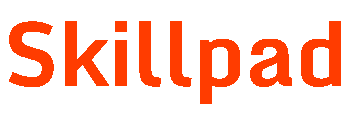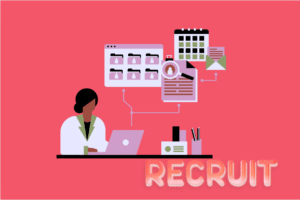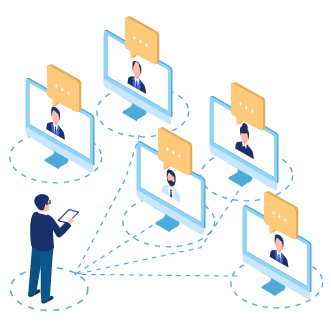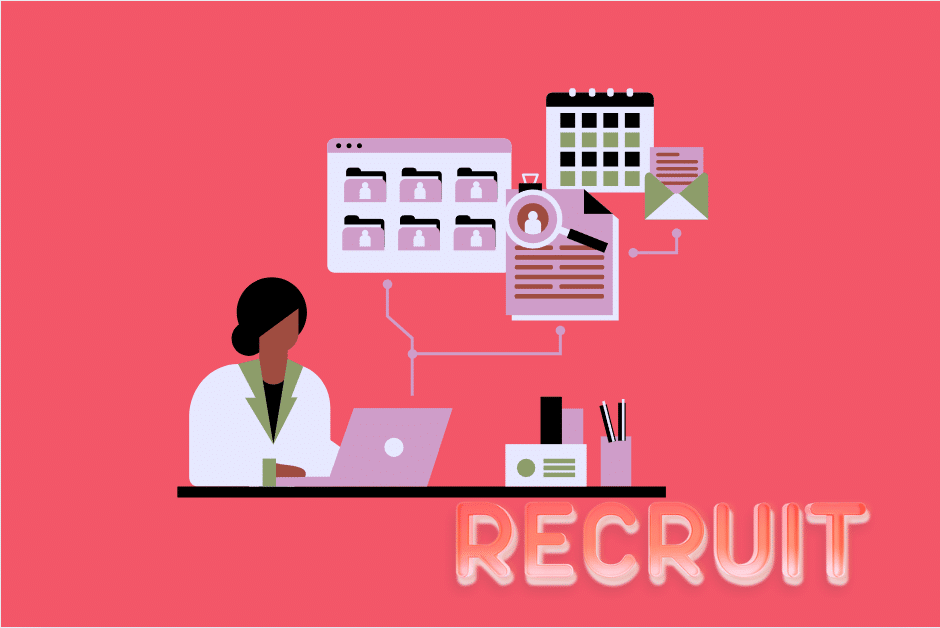Recruiting top talent is like finding a needle in a haystack, especially when the competition for skilled professionals is fiercer than ever. As companies scale, it’s no longer enough to rely on traditional, manual hiring processes. To stay ahead, you need a streamlined and efficient hiring funnel—and automation tools are your secret weapon.
If you’re wondering how automation can make your recruitment process smoother without losing the human touch, you’re in the right place.
In this guide, we’ll take you step-by-step through building an efficient hiring funnel using automation tools, with relatable examples, actionable tips, and a conversational twist.
What Exactly Is a Hiring Funnel?
Think of a hiring funnel as a series of steps guiding candidates from their first interaction with your company to their first day on the job. A typical hiring funnel looks like this:
1. Attracting Candidates: Getting the word out about your job openings.
2. Applications: Ensuring candidates can easily apply.
3. Screening: Filtering candidates based on qualifications.
4. Interviews: Digging deeper to find the best fit.
5. Offers & Onboarding: Closing the deal and ensuring a smooth transition.
Now, here’s the catch: if any of these steps is inefficient or clunky, you risk losing great candidates. That’s where automation tools come in—they streamline repetitive tasks, reduce errors, and keep the process moving seamlessly.
Step 1: Attracting Candidates with Precision
Before candidates can apply, they need to find you. But how do you ensure your job postings stand out in a sea of opportunities? Automation can help you target the right audience and get your job openings in front of them quickly.
Here’s How Automation Helps –

- Multi-Channel Job Posting: Platforms like LinkedIn Recruiter, Zoho Recruit, and Joveo automate the process of distributing your job ads across job boards, social media, and even niche platforms.
- AI-Powered Ad Optimization: Tools like Programmatic Job Advertising analyze data to optimize where and when your ads appear, ensuring maximum visibility.
Let us take a real-life example, imagine you’re hiring for a data scientist role. Instead of manually posting on 10 different platforms, you use LinkedIn Recruiter to target professionals with the exact skills and experience you need. The tool automatically sends personalized messages to these individuals, and within days, your inbox is buzzing with responses.
At this stage, candidates know about your job opening and are interested enough to explore further. But here’s the challenge—are you making it easy for them to apply? A smooth application process is key to keeping their interest alive and avoiding drop-offs.
Step 2: Simplifying Applications for Candidates –
Have you ever abandoned an online form because it was too long or confusing? Candidates feel the same way about job applications. A clunky application process can deter even the most enthusiastic applicants.
How Automation Helps
- Resume Parsing: Tools like Greenhouse, Lever, and Workable extract key information from resumes and auto-fill application fields, saving candidates (and recruiters) time.
- Mobile-Friendly Platforms: Solutions like iCIMS ensure candidates can apply directly from their phones, making the process more accessible.
Let’s say you’re hiring for a customer service role. You notice that candidates drop off halfway through the application process. By switching to Workable and enabling one-click applications via LinkedIn, your completion rate jumps by 30%. Candidates love how quick and hassle-free it is to apply.
So, you’ve successfully encouraged candidates to apply. Great! Now comes the part where many recruiters get overwhelmed: screening. With hundreds (or even thousands) of resumes to sift through, it’s easy to miss out on exceptional talent. Let’s look at how automation tools can step in and save the day.
Step 3: Screening Candidates Like a Pro

Screening is often the most tedious part of recruitment. Sifting through hundreds of resumes can take days, and there’s always the risk of overlooking a great candidate. Automation tools make screening faster and more effective.
How Automation Helps
- AI-Powered Resume Screening: Tools like Hiretual and Paradox filter resumes based on specific keywords, skills, and experience.
- Skill Assessments: Platforms like Codility (for technical roles) and Harver (for customer service and soft skills) let you evaluate candidates’ abilities before moving them to the next stage.
Lets say you’re hiring software developers and receive 500 applications. Instead of manually reviewing each one, you use Codility to run a coding test that evaluates their problem-solving skills. Only the top 20% of candidates move forward to interviews, saving you hours of work and ensuring you focus on the most qualified applicants.
Each stage of the hiring funnel builds on the previous one, and by now, you’ve filtered out the top candidates. What’s next? The interviewing stage—the part where automation not only saves time but also ensures a great experience for both candidates and hiring teams.
Step 4: Scheduling and Conducting Interviews
Interview scheduling can quickly become a logistical nightmare, especially when you’re trying to coordinate between multiple time zones and busy calendars. But automation tools can make this process smooth and error-free.
How Automation Helps
- Interview Scheduling Tools: Platforms like Calendly and GoodTime sync with your calendar to find mutually available slots, sending automated invites to both candidates and interviewers.
- AI-Powered Video Interviews: Tools like HireVue can conduct initial interviews, asking pre-set questions and analyzing candidates’ responses.
A real-life example can be – A fast-growing tech company was hiring for multiple engineering positions. By using GoodTime, they were able to schedule interviews seamlessly without the back-and-forth that typically happens in manual coordination. The tool allowed them to efficiently manage a large number of candidates, resulting in reduced time-to-hire and better candidate experience.
Step 5: Offers and Onboarding:
Now that you’ve selected your top candidate, it’s time to make the offer and get them onboard. But again, this process doesn’t have to be complicated. In fact, automation tools can help you create a smooth, positive experience for your new hires.
How Automation Helps
- Offer Letter Automation: Tools like DocuSign and BambooHR allow you to generate, send, and track offer letters digitally.
- Onboarding Platforms: Tools like Rippling and Talmundo automate tasks like setting up employee accounts, distributing training materials, and providing company resources.
A healthcare organization automated their onboarding process using Rippling. New hires received personalized onboarding plans, complete with all the necessary tools and resources to get started. This not only saved the HR team a ton of time but also made new hires feel welcomed and prepared from day one.
Keeping the Human Touch in an Automated Process
While automation tools are incredibly effective at streamlining the hiring process, it’s essential to maintain a human touch throughout. After all, recruitment is about building relationships, and no tool can replace the empathy and connection that a human recruiter brings.
Here’s how to Keep It Human –

- Personalized Communication: Even though tools like HubSpot allow you to send automated emails, make sure they’re personalized. Candidates appreciate the effort when they feel seen.
- Offer Constructive Feedback: If a candidate isn’t selected, sending a thoughtful rejection email with constructive feedback can turn a “no” into a positive experience.
- Focus on Cultural Fit: Let automation handle the paperwork and logistics, while you focus on assessing a candidate’s cultural fit during interviews.
CONCLUSION –
Building an efficient hiring funnel doesn’t mean cutting corners—it means working smarter. By leveraging automation tools at every stage of the process, you can save time, reduce errors, and ensure a positive experience for candidates.
The key is to remember that automation should enhance your hiring process, not replace it. Use it to handle repetitive tasks, but always keep the human touch where it matters most. After all, recruitment is about more than just filling roles—it’s about building relationships and finding the best fit for your company.
Ready to transform your hiring process? The future of recruitment is automated, efficient, and human-centered. How will you use automation in your hiring funnel? Let us know in the comments!












